- Product
- Solution for
For Your Industry
- Plans & Pricing
- Company
- Resources
For Your Industry
Did you know that 95% of purchasing decisions are made subconsciously? This remarkable statistic underscores the power of understanding consumer behavior. For eCommerce businesses, tapping into the psychology of buying isn’t just a nice-to-have—it’s essential for creating compelling customer experiences, optimizing pricing, and driving growth.
This article will explore the psychology behind consumer decisions and how you can leverage it to improve your business strategy.

The psychology of buying refers to the mental and emotional processes influencing consumer purchasing decisions. Emotions, social proof, scarcity, and cognitive biases shape how customers perceive products and make decisions. For eCommerce businesses, understanding these elements can transform their strategies and directly impact sales and customer loyalty.
By tapping into these subconscious motivations, businesses can create tailored experiences that resonate with their audience, turning browsers into buyers and buyers into repeat customers. This isn’t just theoretical knowledge; it’s a powerful tool for real-world application.
The psychology of buying refers to the mental and emotional processes influencing consumer purchasing decisions. Emotions, social proof, scarcity, and cognitive biases shape how customers perceive products and make decisions. For eCommerce businesses, understanding these elements can transform their strategies and directly impact sales and customer loyalty.
By tapping into these subconscious motivations, businesses can create tailored experiences that resonate with their audience, turning browsers into buyers and buyers into repeat customers. This isn’t just theoretical knowledge; it’s a powerful tool for real-world application.
Understanding buying psychology isn’t merely about selling more products. It’s about building better connections with your audience. Here are the key benefits:
Tailored Experiences: Insights into consumer behavior enable personalized and engaging shopping experiences.
Increased Conversions: Psychological principles like urgency and social proof nudge hesitant buyers toward completing purchases.
Stronger Loyalty: Meeting customers’ emotional and practical needs fosters long-term relationships.
Optimized Pricing Strategies: Knowing how customers perceive prices allows businesses to position their products effectively.
When customers see others buying and enjoying a product, they’re more likely to follow suit. Social proof can take many forms in eCommerce, including:
Customer Reviews: Highlighting positive feedback builds trust.
User-Generated Content: Photos or testimonials from real customers create relatability.
Best-Seller Tags: Signaling popularity boosts credibility.
Example: British luxury jewelry brand Astley Clarke integrates user reviews and photos on product pages, encouraging confidence in potential buyers.
The anchoring effect occurs when consumers rely heavily on the first piece of information they encounter. In pricing, this means:
Showing Original Prices: Displaying a higher original price alongside a discounted one makes the discount feel more valuable.
Tiered Pricing: Presenting multiple options (e.g., basic, standard, premium) encourages customers to select mid-range or higher-priced options.
Example: Subscription services like Spotify or Netflix use tiered pricing to highlight value in premium plans.
Limited-time offers or low-stock alerts tap into the fear of missing out (FOMO). Strategies include:
Countdown Timers: For flash sales or special promotions.
Low Inventory Alerts: Messages like “Only 3 left in stock!” drive immediate action.
Example: Booking platforms like Booking.com often signal limited availability to prompt faster decisions.
Many purchases are driven by emotions rather than logic. Brands that evoke positive feelings create stronger bonds. Strategies include:
Storytelling: Sharing narratives that resonate with your target audience.
Visuals: Using images and videos that evoke excitement, comfort, or aspiration.
Cause-Driven Marketing: Aligning with social causes to create an emotional connection.
Example: TOMS Shoes’ “One for One” program appeals to buyers’ desire to make a positive impact.
Too many options can overwhelm customers. Simplifying choices helps:
Curated Selections: Highlighting best-sellers or recommended products.
Clear Categories: Making navigation intuitive.
Personalized Suggestions: Using AI to recommend products based on browsing history.
Example: Amazon’s “Customers Who Bought This Also Bought” feature streamlines decision-making.
Pricing is a pivotal part of the buying journey, and psychology plays a huge role in how prices are perceived. Here are actionable strategies to align pricing with consumer psychology:
Prices ending in “9” (e.g., $19.99) are perceived as significantly cheaper than rounded numbers, even if the difference is just a cent.
Bundling products together creates the perception of higher value. Offering a discount on bundled items makes it harder for customers to resist.
Real-time pricing adjustments based on competition ensure that your products remain attractive while maximizing profits.
Highlighting savings (e.g., “Save $50”) or presenting smaller costs (e.g., “Only $10/month” instead of $120/year) influences perceived affordability.
Offering higher discounts for larger purchases encourages upselling (e.g., “Buy 2, get 20% off; Buy 3, get 30% off”).
Conduct customer research to understand what motivates your audience. Tailoring your strategy to their preferences ensures better results.
Use A/B testing to determine which psychological triggers work best. Continuous experimentation helps refine your approach.
Avoid manipulative tactics that erode trust. Genuine efforts to meet customer needs build long-term relationships.
Analyze customer behavior to identify patterns and refine your strategies accordingly. Tools like Google Analytics can offer valuable insights.
Tap into the emotional triggers that resonate with your audience. This might involve aligning with causes, creating compelling stories, or showcasing relatable experiences.
Understanding the psychology of buying can have a significant impact on your eCommerce business. For instance:
Increased Conversions: A study by HubSpot found that including customer testimonials on product pages can increase conversions by as much as 34%.
Boosted Sales: Creating urgency through limited-time offers has been shown to drive significant spikes in sales.
Enhanced Customer Retention: Emotional connections foster loyalty, turning one-time buyers into repeat customers.
Incorporating these principles into your strategy can set your business apart in a crowded market. When you understand the “why” behind the psychology of buying, success often follows.
tgndata empowers eCommerce businesses to align pricing strategies with the psychology of buying effectively. By providing real-time insights into competitor pricing, market trends, and consumer behavior, tgndata ensures you stay competitive and relevant.
With tgndata , you can:
Optimize Pricing Dynamically: Use advanced analytics to adjust prices based on demand and competition, ensuring maximum profitability.
Leverage Psychological Pricing: Implement strategies like charm pricing, tiered discounts, and bundle deals with actionable data.
Identify Market Opportunities: Monitor trends to identify gaps and stay ahead of competitors.
By integrating tgndata into your eCommerce strategy, you not only stay competitive but also harness the full potential of buying psychology to drive conversions and foster customer loyalty.
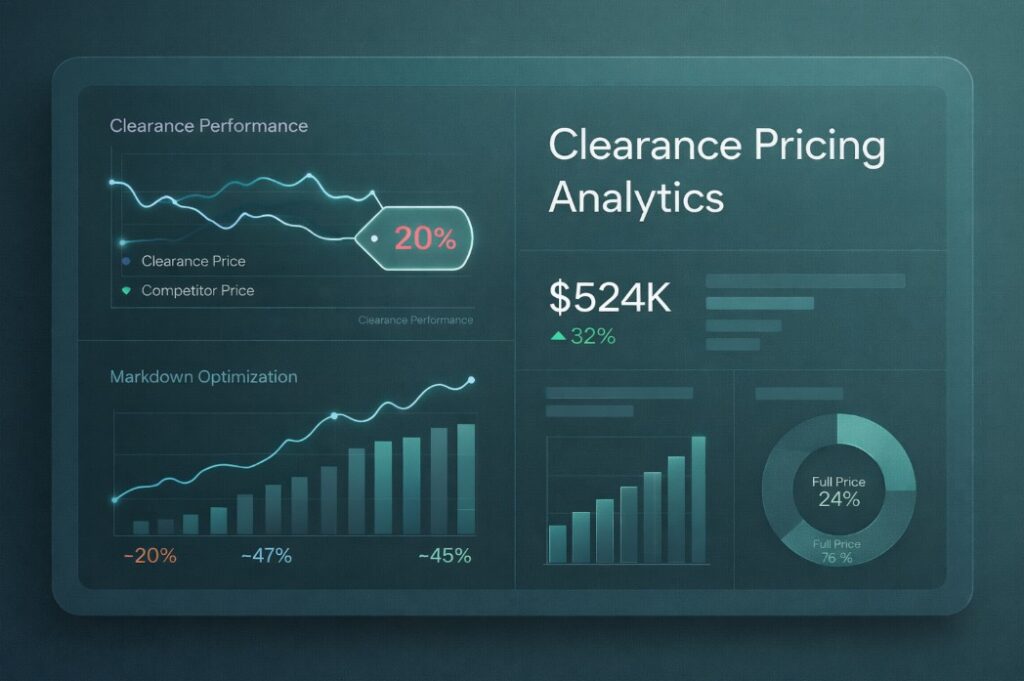
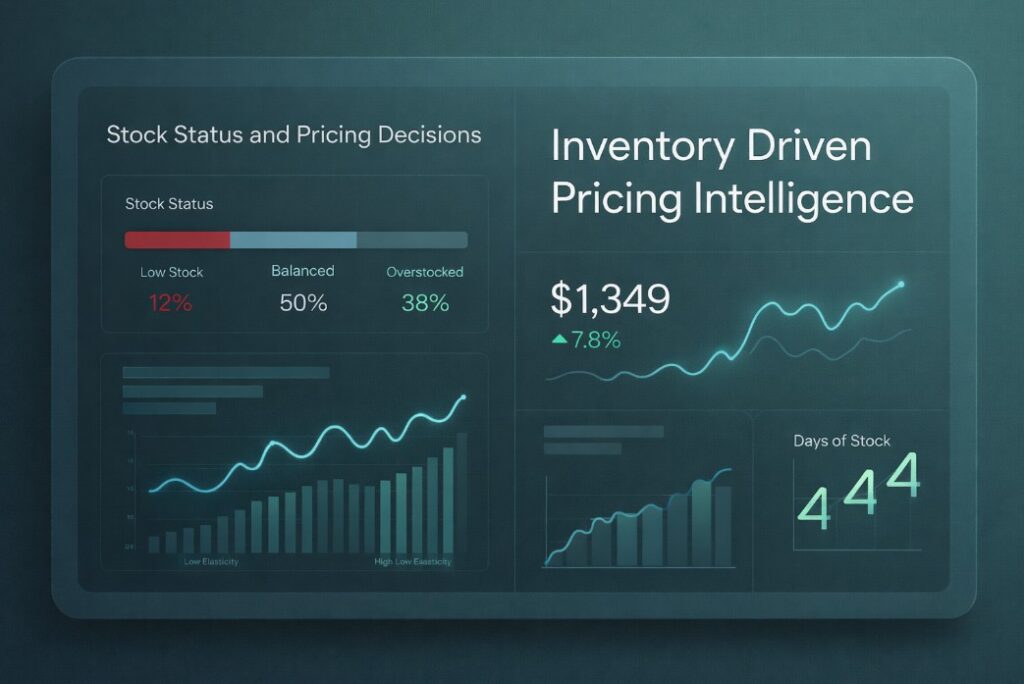
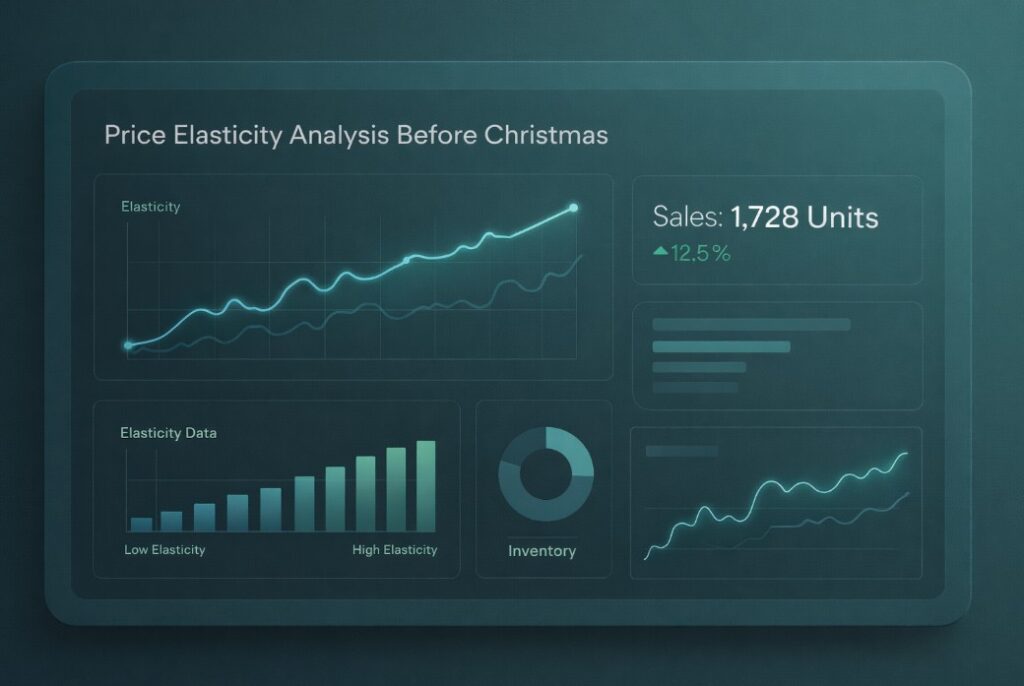
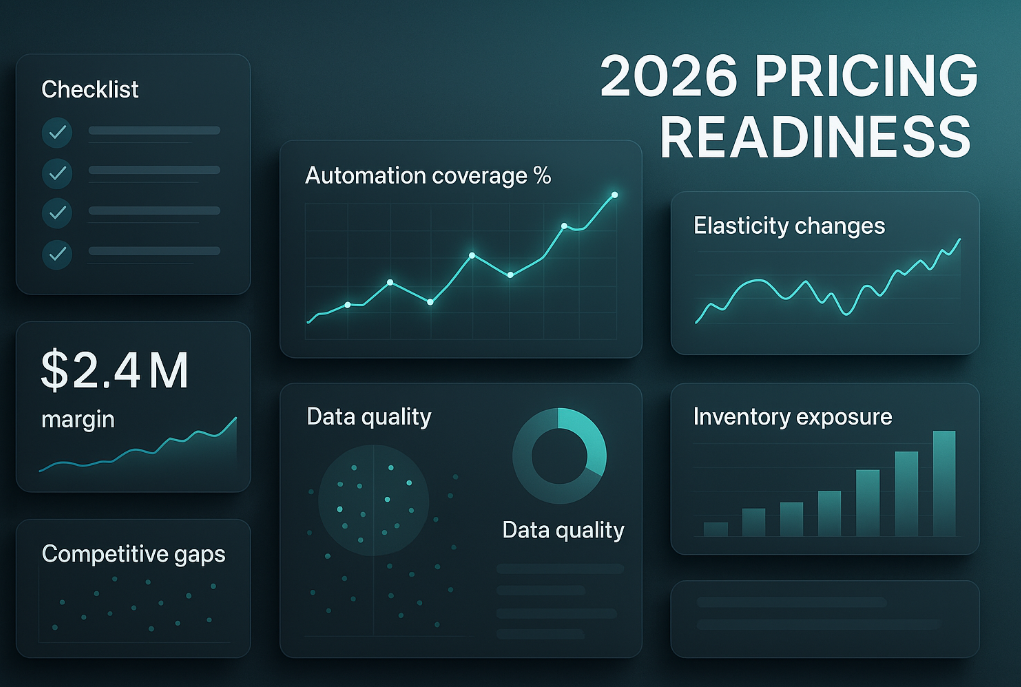
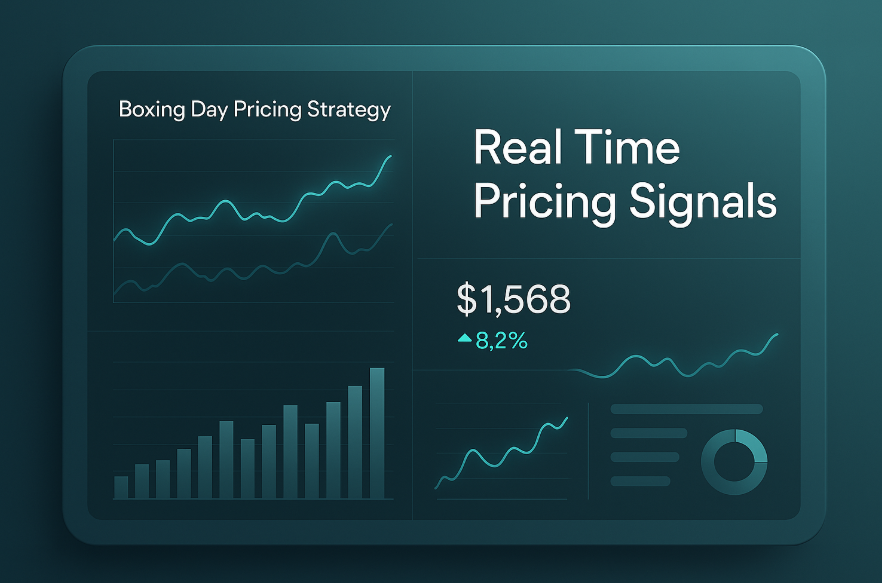
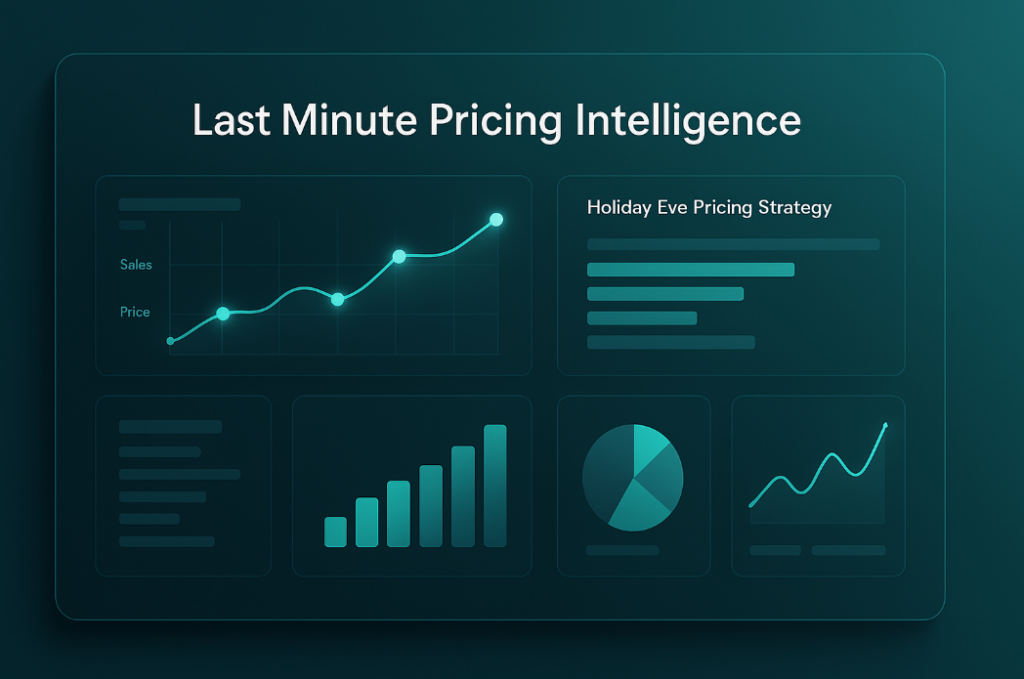







Missing an important marketplace?
Send us your request to add it!